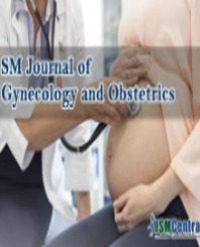
Diagnostic Value of Non-invasive Prenatal Testing for Chromosomal Aneuploidies in Twin and Vanishing Twin Pregnancies
Objective: This study aimed to explore the diagnostic value of Non-Invasive Prenatal Testing (NIPT) for detecting fetal chromosomal aneuploidies in twin and vanishing twin pregnancies.
Methods: The retrospective cohort study was conducted involving 363 women diagnosed with twin pregnancies and 10 cases of Single Intrauterine Fetal Death (sIUFD). NIPT results were validated through interventional prenatal diagnosis (karyotyping or chromosomal microarray analysis).
Results: There was no statistically significant difference in age and gestational age between the two groups of pregnant women. There were a total of six high-risk cases (1.61%) detected by NIPT, all Dichorionic Diamniotic Twin (DCDA), including four twin pregnancies and two sIUFD cases. Five cases were confirmed as true positives (three twin pregnancies: two trisomy 21 (T21), one trisomy 18 (T18); two sIUFD: one T21, one T18), while one case was a false positive [trisomy 13 (T13)]. NIPT demonstrated 100% sensitivity, 100% specificity, and an 83.33% Positive Predictive Value (PPV), with a false-positive rate of 0.27%. The negative predictive value was 100%.
Conclusion: The study demonstrates that NIPT exhibits high sensitivity (100%) and specificity (100%) for detecting common chromosomal aneuploidies (T21, T18, T13) in twin and vanishing twin pregnancies, supporting its use as a first-line screening tool in clinical practice for twin pregnancies, particularly in cases complicated by sIUFD. By minimizing unnecessary invasive procedures and associated risks, NIPT provides a safe, reliable, and patient-centered approach to prenatal care for multifetal gestations.
Luo Liefang* and Xue Jiaxin


